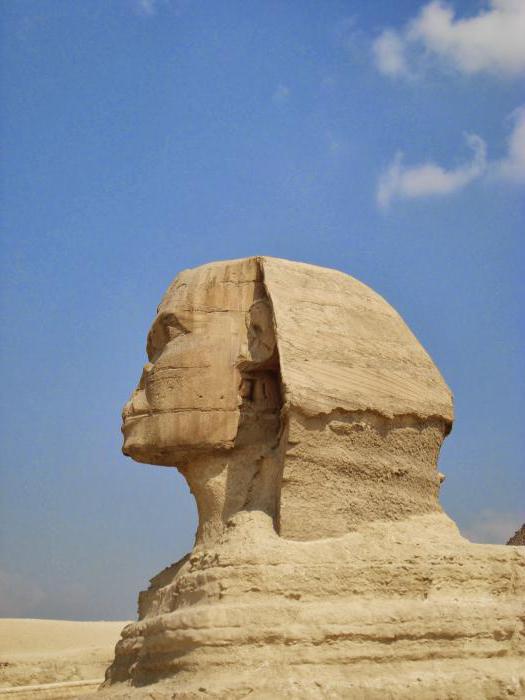World Heritage is a particularly outstanding cultural, historical and natural values that are the property of all mankind. Cultural heritage objects, in turn, are included in the corresponding list of UNESCO and are of incredible interest to all inhabitants of the planet.
Cultural heritage and its objects
World Heritage, or World Heritage, - these are objects of tremendous value to the world community. The list of UNESCO was formed on the basis of two conventions (1972 and 2003). This organization, together with invited experts, decides which object or any other cultural and historical value has the right to occupy an honorable place in the legendary list, and also monitors the further state of the world heritage.

The protection of cultural heritage is the prerogative of UNESCO and its subordinate organizations. In order to preserve cultural and historical values and make them famous, special evaluation criteria have been developed. Initially, there were only criteria designed to evaluate objects of exclusively cultural heritage - in total there were six points. A little later, 4 more natural criteria appeared. In 2005, two groups of assessment criteria were combined, and now each of the existing World Heritage Sites contains at least one of them in its characteristics.
Criteria for evaluation
Cultural heritage sites that are included in the UNESCO list must correspond to at least one of the following items:
- It should be a masterpiece of creative human genius.
- It testifies to the significant mutual influence of human values in a certain period of time and cultural space.
- Unique or at least exceptional for a particular cultural era or civilization.
- Cultural heritage sites are an outstanding example of an architectural ensemble or natural landscape.
- It is a particularly outstanding example of a human structure, in the creation of which elements of the environment were used.
- Cultural heritage objects are associated with existing traditions or events, with religious beliefs or art (this criterion is most often used in conjunction with one more point).
There are also natural criteria for evaluating World Heritage Sites.

List History
The Convention of November 21, 1972 protects objects of material value, which were selected by a special commission. These include natural and man-made values. As of 2009, 186 states are participating in the convention - all of them are members of the UN. The updated convention is directly related to unique architectural ensembles, nature reserves and reserves, as well as works of art.
The 2003 Convention defined the fact that intangibles can now take pride of place in the world heritage list. International festivals and carnivals, folk customs and distinctive rites, traditional crafts and crafts - now this is also the property of world culture.

Objects of culture and objects of cultural heritage
In June 2014, the list of World Heritage Sites was replenished with 26 new items, of which 21 were entered according to cultural criteria. Thus, their total number exceeded 1000. UNESCO's cultural heritage sites are located in 163 states that are parties to the World Heritage Convention.
In March 2016, the list of World Heritage Sites includes 1,031 properties, of which only 802 are distinguished by cultural criteria.
Object Protection
Historical and architectural masterpieces, works of art, natural monuments, objects of cultural heritage - all this is the property of all mankind. All objects are protected at the state and world level. The UNESCO Commission regularly monitors the state of the monuments and their relevance to the entire world community.

It is worth noting that the World Heritage List is regularly updated - almost every year new objects that have cultural, historical, natural or architectural value are added to it.






